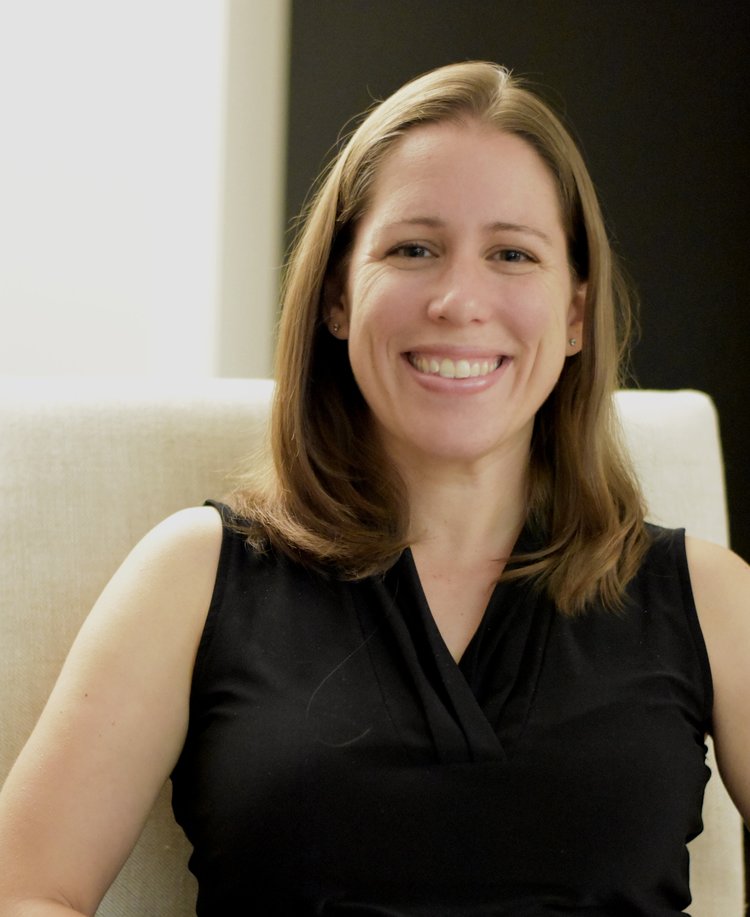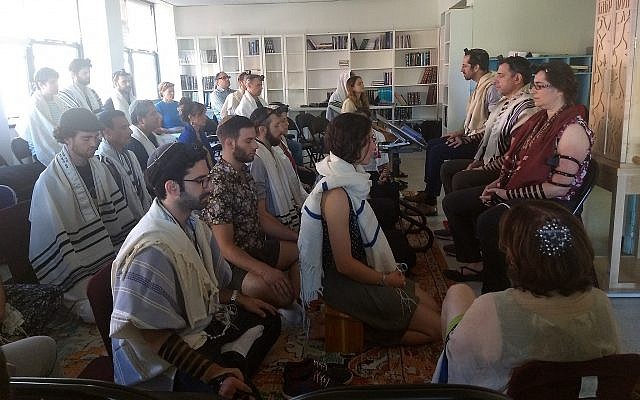I first came across American JewBu at the beginning of 2020 and it was incredibly eye opening. Having practiced Buddhism in Europe for over a decade, somehow I went all that time without recognizing the incredible contribution that Jewish Americans have made to Buddhism as it is commonly practiced in the Western world. The book was published in 2019 and it explores the 130-year-old relationship between Judaism and Buddhism in the United States. It was written by Emily Sigalow, the executive director of the Impact and Performance Assessment Department of the United Jewish Appeal-Federation of New York.
The project that eventually culminated in American JewBu began while Sigalow was a grad student at Brandeis University, and it was inspired by her doctoral adviser’s findings that almost 30 per cent of practitioners at Cambridge Insight Meditation were Jewish. Intrigued by the disproportionately high number of Jewish Buddhists in the United States, Sigalow spent the next three years conducting interviews and gathering data to shed light on this curious phenomenon.
A disclaimer before I continue with my praise for this comprehensive piece of literature: it has been brought to my attention that the title of the book, American JewBu, is contentious and can easily be perceived as derogatory. For example, the singling out of Buddhist practitioners who happen to also be Jewish, is reminiscent of the many ways in which Jewish people have been singled out in history and have deeply suffered as a consequence. It was pointed out to me that we do not find it necessary to group together Christians who practice Buddhism; and that doing so with Jewish Buddhists could be an expression of—or could lead to—anti-Semitic sentiments.

The varying views around the “JewBu” identity is briefly addressed by Sigalow, who explains that it is largely unpopular with the older “baby-boomer” generation of practitioners, whereas it has been embraced by millennials who are proud of their unique identity and who view it as a term of endearment. I personally have mixed feelings about the term for the reasons stated above, and do not feel that I am well placed to take a position on it. That said, I wish to make it clear that I am ever grateful to the ways in which the Jewish and Buddhist traditions have influenced each other for over a century; and that Sigalow’s book beautifully highlights this process of syncretism.
For example, although I am not necessarily opposed to the notions of Buddhist gods and multiple rebirths, I doubt that I would have been so drawn to the religion had believing in them been a prerequisite to being Buddhist. According to American JewBu, Jewish Americans played a key role in highlighting the psychological and secular components of Buddhism; and therefore in making Buddhism accessible to people from atheists backgrounds like myself. And then there is the focus on metta practices which “could be a result of the emphasis on and familiarity with the idea of loving-kindness that came from these teachers’ Jewish backgrounds—an example of Jewish-Buddhist syncretism par excellence. The practice of loving-kindness, or gemilut hasadim, is a central Jewish tenet across all wings of Judaism in the United States.” Additionally, Buddhist teachers with Jewish backgrounds were fundamental in making mindfulness and meditation accessible to everyday Americans—after all, in the Asian Buddhist context, meditation was generally practiced in a monasteries and was therefore reserved for monks and nuns rather than laypeople.
Sigalow’s research touches not only on the evolution of insight meditation in the United States, it also looks at the Jewish contribution to other Buddhist traditions such as Tibetan Buddhism and Zen. As such, it offers a wonderful overview of the history of Buddhism in America, and for that reason alone I highly recommend the book to anyone who is curious about the Buddhist trajectory in this country.


